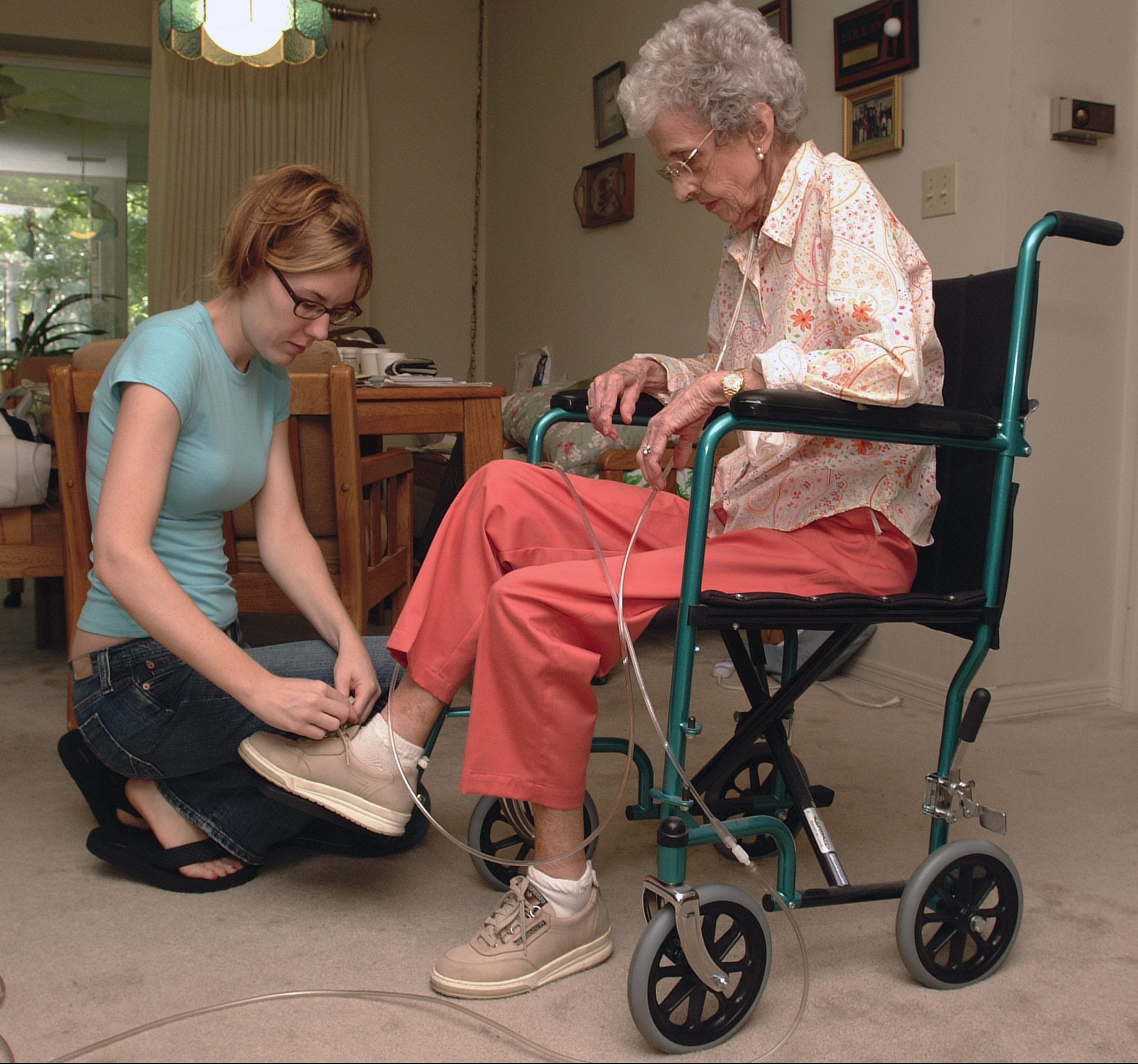In this series, we’re examining the practical considerations caregivers have around the financial side of providing care to a loved one. Part 1 took a look at housing options and this post will discuss health care considerations.
Health Care
Older Americans have higher life expectancies than ever and enjoy better health in their golden years. Chronic diseases are on the rise among older Americans (such as heart disease), but a Medicare Current Beneficiary Survey found that recipients are experiencing fewer difficulties with activities of daily living (ADLs), which include dressing, bathing, and eating.
Sight, hearing, and dental problems are common among the older population. Twenty-five percent of adults over 65 have no natural teeth, which can lead to nutrition problems as well. However, basic Medicare plans do not cover vision, hearing, or dental services.
Long-Term Care
Someone who turned 65 in 2019 has almost a 70% chance of needing some type of long-term care and 20% of older adults will need it for more than five years. That statistic breaks down into half of all men over 65 and 60% of women.
Three-fourths of seniors with long-term care needs live at home, and nearly two-thirds of those receive all of their help from unpaid family members and friends. For those who do have compensated care, Medicare or Medicaid pays about 42% of the costs and private insurance covers about 5%, the remaining 53% is paid out-of-pocket. However, some states allow waivers for Medicaid Home and Community-Based Services (HCBS) to cover in-home care.
Local State Health Insurance Assistance Programs (SHIP) can help older adults with insurance questions and information about local policies.
Dr. Barbara O’Neill offers 3 guidelines to consider when thinking about purchasing long-term care insurance:
- A good rule of thumb is that no more than 10% of your annual income should be spent on premiums (e.g., a $3,500 premium with a $35,000 income).
- The best time to purchase a policy is generally before age 60. If you wait too long, premiums increase, and/or you could become uninsurable through some type of pre-existing condition. If you buy in your 40s or 50s, however, you could be paying premiums for a long time before coverage is needed.
- Couples often need long-term care insurance more than singles because, if one spouse ends up in a nursing home, it can greatly reduce the number of assets left for the healthy spouse.
Military Veterans and Long-Term Care
The Veteran’s Administration has a variety of long-term care options available to those who qualify. Services range from in-home health aides, and telemedicine appointments, to facility-based and hospice care.
Many of the programs through the VA work with family caregivers. The Respite Care program pays for short time care when family caregivers need a break, or to run errands, or to go out of town for a few days. Longer respite support is available through VA Community Living Centers or Community Nursing Homes. This program may be used up to 30 days in a calendar year.
The Pension and Fiduciary Services of the VA administers the VA’s pension program. This is a needs-based pension program for wartime Veterans and their survivors and also covers dependency and indemnity compensation (DIC) programs for survivors of Veterans who die as a result of service-connected disabilities. The program also offers a monetary burial benefits program for Veterans, and a fiduciary program, which appoints and oversees fiduciaries for beneficiaries who are unable to manage their financial affairs.
Learn more about long-term care options for civilians and military service members from the recording of the February 2020 webinar, Understanding Long-Term Care: Basics and VA Aid & Attendance.
RSVP now to attend our May 12 webinar, The Financial Implications of Caring for an Aging Parent, during which presenter Mary Benzinger will discuss the expected and unexpected financial costs that come with caring for an aging parent. This webinar will touch on resources available to those who are serving in caregiving roles and offer tools and ways families can help caregivers support family members while protecting their finances.















